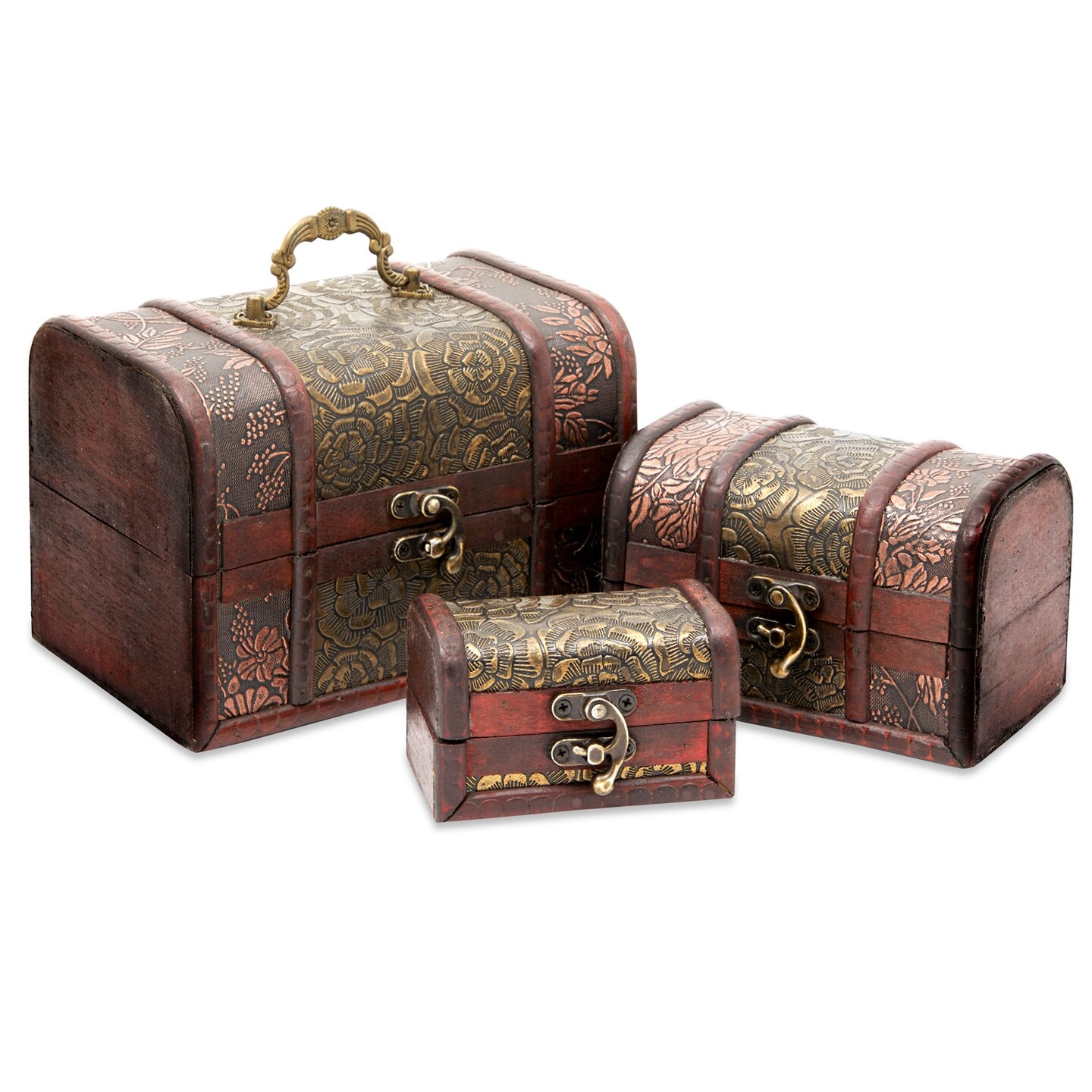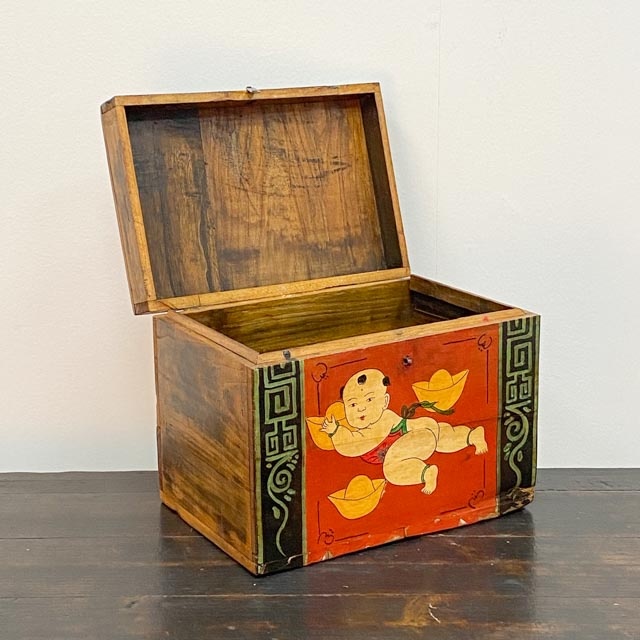Small decorative chests are more than mere storage solutions; they are a celebration of craftsmanship and a testament to style. These charming pieces have captured the hearts of many, including my own, as they effortlessly blend functionality with aesthetic appeal. Whether you want to declutter your space or add a touch of elegance, this guide will walk you through everything you need to know about small decorative chests.
Table of Contents
- A Brief History of Decorative Chests
- Types of Small Decorative Chests
- Uses of Small Decorative Chests
- How to Choose the Perfect Decorative Chest
- Caring for Your Decorative Chest
- Pros and Cons of Decorative Chests
- Frequently Asked Questions
A Brief History of Decorative Chests
The history of decorative chests can be traced back to ancient times when they were used for storing valuables, clothing, and important documents. In medieval Europe, these chests were often richly adorned with carvings and inlays, symbolizing wealth and status. As time passed, decorative chests evolved into artistic pieces in their own right, showcasing a variety of styles influenced by cultural trends.
Key Historical Periods
- Medieval Era: Heavy wooden chests, often wrought iron fixtures, were common.
- Renaissance: Chests became more ornate, featuring intricate carvings and marquetry.
- 19th Century: Smaller, more portable versions emerged as decorative items.
Types of Small Decorative Chests
When exploring decorative chests, you’ll find a myriad of styles and designs, each with its unique flair. Below are some popular types:
1. Wooden Decorative Chests
Wooden chests are the most traditional option and come in various finishes and styles, from rustic to modern.
2. Metal Decorative Chests
Metal chests often feature intricate designs and can be quite durable, making them a popular choice for both decor and storage.
3. Fabric and Upholstered Chests
These chests are covered with fabric, offering a soft touch and can complement various décor styles.

4. Vintage and Antique Chests
Vintage and antique chests add character and history to any space, often showcasing unique craftsmanship.
Comparison Table of Decorative Chest Types
| Chest Type | Material | Durability | Style | Price Range |
|---|---|---|---|---|
| Wooden Decorative Chest | Wood | High | Traditional to Modern | $50 – $500 |
| Metal Decorative Chest | Metal | Very High | Industrial to Rustic | $100 – $600 |
| Fabric Upholstered Chest | Fabric | Moderate | Contemporary | $70 – $300 |
| Vintage/Antique Chest | Varies | Varies | Eclectic | $150 – $2000+ |

Uses of Small Decorative Chests
Small decorative chests are incredibly versatile and can be used in various ways:
1. Storage Solution
Store blankets, toys, or seasonal items in these stylish chests, keeping your space organized.

2. Decorative Piece
Use them as a focal point in your living room or bedroom, showcasing your style while serving a purpose.
3. Coffee Table Alternative
Opt for a decorative chest as a coffee table, adding both storage and a unique centerpiece.

4. Gift Box
Presenting a gift in a beautiful decorative chest adds a personal touch and gives the recipient a keepsake.
How to Choose the Perfect Decorative Chest
Selecting the right decorative chest involves considering several factors:
1. Size and Space
Measure your intended space to ensure the chest fits well and complements your decor.

2. Style Compatibility
Choose a chest that fits seamlessly with your existing decor. Whether your style is modern, rustic, or vintage, make sure there’s harmony.
3. Functionality
Consider what you’ll be storing in the chest. Some designs may be better suited for specific items.

4. Quality of Material
Choose materials that not only look good but are also durable and timeless.
Caring for Your Decorative Chest
To ensure your decorative chest stays beautiful and functional, follow these care tips:
1. Regular Cleaning
Dust your chest regularly and use a soft, damp cloth to clean surfaces without causing damage.
2. Avoid Moisture
Keep your chest in a dry environment to prevent mold and degradation, especially for wooden models.
3. Treating Scratches
Use appropriate wood polish or metal treatment to maintain the chest’s appearance and protect it from wear.
Pros and Cons of Decorative Chests
Pros
- Provides functional storage.
- Adds aesthetic value to your space.
- Versatile in use – can be styled as furniture.
Cons
- Can take up significant space.
- May require careful maintenance, especially antiques.
- Pricing varies widely, potentially affecting your budget.
Frequently Asked Questions
What should I store in a decorative chest?
Decorative chests are great for storing items like blankets, toys, books, or seasonal decorations. Use them to declutter while maintaining a stylish aesthetic.
Are decorative chests suitable for outdoor use?
While some decorative chests are designed for outdoor use, most are better suited for indoor areas to avoid damage from the elements.
How do I choose the right size chest?
Measure the space where you plan to place the chest and consider both the height and width to ensure a good fit in your room.
Can I use a decorative chest as a coffee table?
Absolutely! Many people use decorative chests as stylish coffee tables that offer additional storage.
How do I restore an antique decorative chest?
Restoring an antique chest can be delicate work. It’s best to consult a professional for significant repairs, while minor cleaning and polishing can be done at home.
Conclusion
Small decorative chests are not only practical but also add charm and sophistication to any room. With the right knowledge, you can select a chest that perfectly complements your home while providing storage solutions. I sincerely hope this guide has inspired you to explore the various options available and find the perfect decorative chest that speaks to your style!